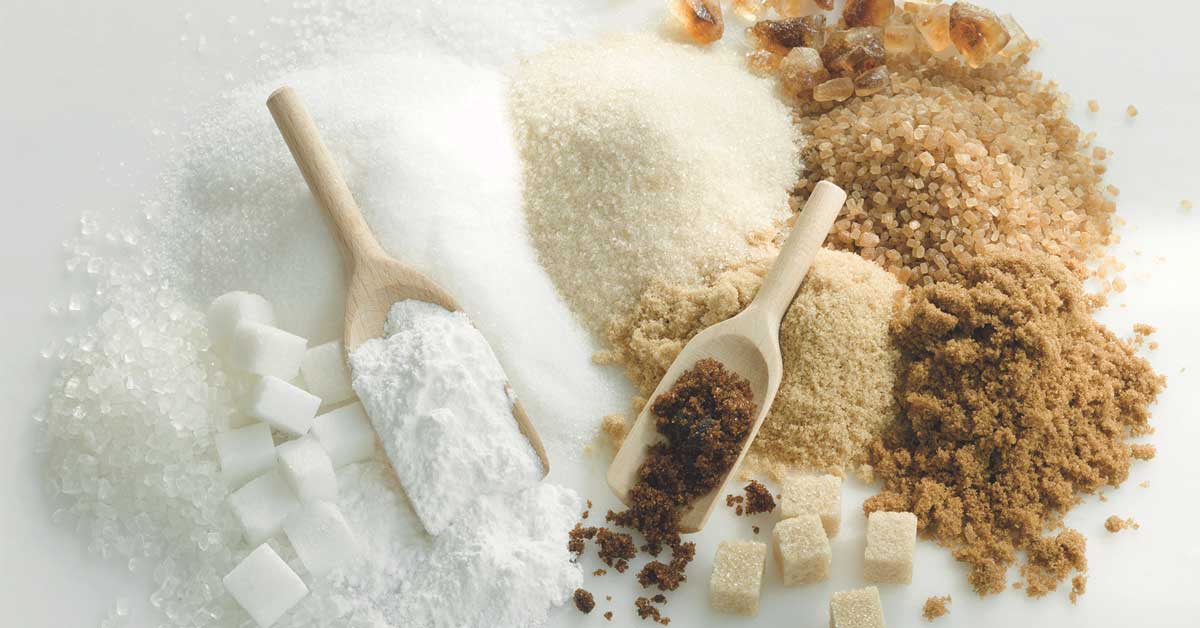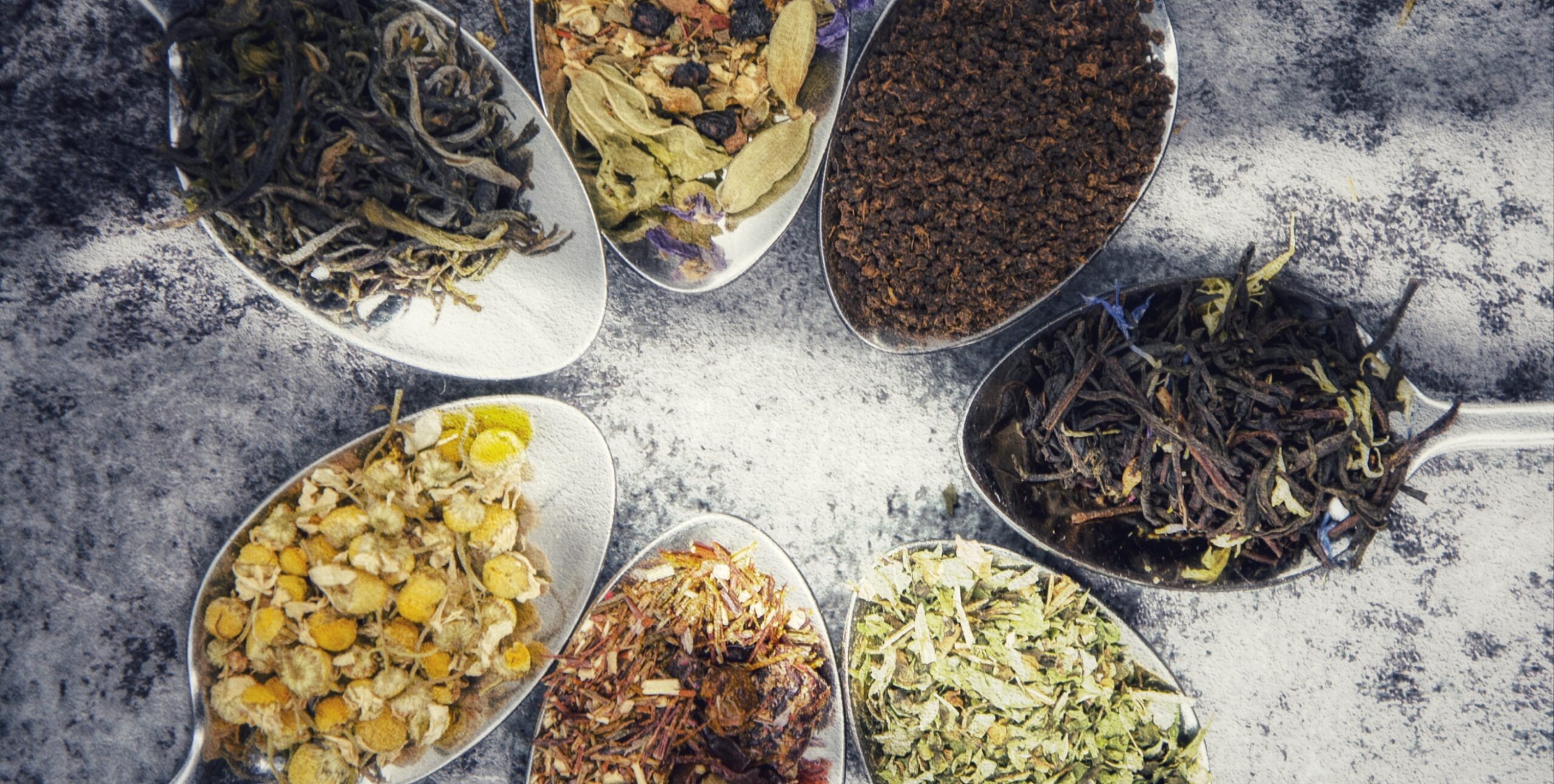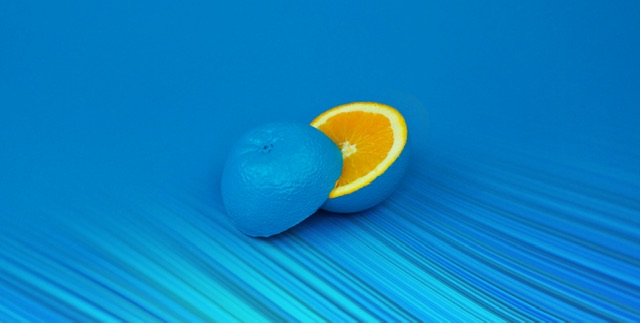The problem in most diabetics, pre-diabetics and people with belly fat is the reduced ability of their body cells to accept insulin (which carries glucose to generate energy within the cells). Modern diet full of carbohydrates, sugars and processed food and few treatment approaches (five meals a day) also keep the insulin levels continuously high.
When most people think about getting healthier, cutting calories is their go-to tool. Enter artificial sweeteners. While such replacements often have zero or fewer calories, do they really have no effect on insulin levels? Research says otherwise.
Research on Sugar Substitutes (Both artificial and natural)
Most commonly used zero calories sweeteners are sucralose, aspartame, saccharin and acesulfame potassium, which are covered here.
- According to a research at Harvard University, it was found that sucralose (which is said to be of natural origins but is chlorinated) and acesulfame potassium (used in few products like chewing gums) have negative impacts on insulin of users, resulting in elevated insulin levels after the tests. Another research in mice showed clear development of glucose intolerance (a result of insulin resistance) in users after the use of saccharides.
What it means is, almost all of these sweeteners have more insulin secreting effect than table sugar, and even without calories, they mess up the metabolism by secreting more insulin. It also means while some sweeteners claim to be of natural origin, they are highly processed.
- Most sweeteners are much sweeter than table sugar and are required in much smaller doses (1/200 or 1/300). To make up for the bulk such that these sweeteners can be used in measurable quantities (like a teaspoon), companies add binders/fillers like maltodextrin. Maltodextrin has a higher glycemic index (=110) and insulin index than table sugar (sucrose=65) and liquid glucose (=100) and is far worse. In addition to raising the blood sugar and blood insulin more than sugar, it also stimulates hunger. Similarly, sucralose also mimics insulin like response in tests.
It means that most sugar substitutes have a mixer/filler/binder in them. These binders are more often cheap additives like maltodextrin that have a far worse effect on insulin and glucose than sugars, despite having no calories. It also means that most sweeteners while having low calories; are not really kind on insulin levels.
Which is the best sweetener?
The best sugar substitute should, ideally, be metabolised in stomach and NOT in liver so it doesn’t affect insulin, it should have a sweet taste and it should have NO maltodextrin.
Such a herb is Stevia. Stevia is an Indian/South American herb, easily available in powders, dried leaves, and dried leaves powders. You can buy stevia extract from leaves or use liquid stevia extract that would be just as safe and effective as the other stevia forms. Make sure they don’t have maltodexrin added.
In addition to being safe and having a zero glycemic index, stevia is found in a research to also increase insulin sensitivity (the opposite of being insulin resistant) and both blood insulin levels and blood glucose levels for test users improved after using stevia. Also, stevia is metabolised in the stomach by stomach acids and has no negative impact on either insulin or gut health.
Other sweeteners, which are safe and effective, are monk fruit (unfortunately currently not available in India) and erythritol. Because of the bulk erythritol provides, it is practical for baking purposes. Some companies sell a mix of stevia and erythritol, which is also perfect. Xylitol, sorbitol and mannitol (poly-ols, like erythritol) also have a very low glycemic index and are safe. Being polyalcohols, they might cause laxation in some users but are completely safe.
Download the Dhyan Foundation – Sanatan Kriya App for Android here and for iOS here.






Very well written and informative